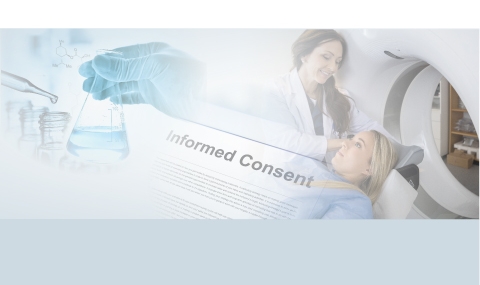Human fertility and human embryo research at the Weizmann Institute of Science
Weizmann IRB role is to evaluate applications for research involving human subjects, samples, or data. Weizmann IRB also functions as the Embryonic Stem Cell Research Oversight (ESCRO) Committee and evaluates applications for work with human stem cells and human embryos (Ref 1). WIS ESCRO guidelines resonate Israeli law: Prohibition of Genetic Intervention (Human Cloning and Genetic Manipulation of Reproductive Cells 1999; (Ref 2) and guidelines published by the US National Academy of Sciences (Ref 3).
Research at the Weizmann Institute in the field of human cloning and ex –vivo fertilization is allowed under the following guidelines:
- Human cloning, namely the creation of human embryo that is genetically identical to another human being or an embryo, living or deceased, or the transplantation of a cloned embryo into the womb or the body of a woman, or a uterus or other body, is prohibited per law.
- Permanent genetic modification of human reproductive cell (male or female germ cell, or, gamete) that are utilized in the creation of fertilized human embryos, is prohibited per law.
- Research involving in vitro culture of any human embryo, regardless of derivation method, is restricted for no longer than 14 days after fertilization (zygote formation), or until the earliest sign of a developing primitive streak, whichever occurs first.
- Inter-species chimera creation, in which human cells are introduced into nonhuman primate blastocysts or in which any embryonic stem cells are introduced into human blastocysts is prohibited.
- Human materials, including gametes or fertilized human embryos, donated for research will require explicit informed consent from donor, pertaining the creation of human embryos ex vivo (Ref. 4).
References
- Weizmann institute of science human subject research policy
- Israel law: Prohibition of Genetic Intervention (Human Cloning and Genetic Manipulation of Reproductive Cells 1999
- Final report of the national academies’ human embryonic stem cell research advisory committee and amendments (2010)
- Decisional authority of gamete donors over embryos created with their gametes (2020), journal of assisted reproduction and genetics 37, 281–286
מדיניות מכון ויצמן למדע למחקר פוריות ושיבוט עוברי אדם
הועדה האתית לניסויים בבני אדם במכון ויצמן למדע (WIS IRB) מפקחת אתית על מחקר בבני אדם, או דימות או מידע שמקורם באדם. WIS IRB מפקחת אתית גם על מחקר בתאי גזע עובריים ומשמשת כ: Embryonic Stem Cell Research Oversight (ESCRO) Committee (מובאה 1).
מדיניות הועדה WIS ESCRO נגזרת מחוק איסור התערבות גנטית (שיבוט אדם ושינוי גנטי בתאי רביה) תשנ"ט – 1999, (מובאה 2) ועמדת האקדמיה הלאומית האמריקאית למדעים (מובאה 3).
מחקר במכון ויצמן למדע בתחום פריון מותר על פי ההנחיות להלן:
- על פי החוק הישראלי אסור שיבוט אדם (human reproductive cloning): יצירה של עובר משובט (עובר הזהה מבחינה גנטית לאחר, אדם או עובר, חי או מת), או החדרה של עובר משובט לרחמה או לגופה של אישה או לרחם או לגוף אחר.
- על פי החוק הישראלי אסור שימוש בתאי רביה (תא זרע או ביצית של אדם) שעברו שינוי גנטי מכוון קבוע (germ line gene therapy) במטרה לגרום ליצירת אדם.
- מחקר בתרבית עוברי אדם, בלא תלות במקורם ובאופן ההפריה, יתאפשר עד ל -14 ימים לאחר ההפריה (יצירת זיגוטה) או עד הופעת העדות הראשונה להתפתחות הפס הראשוני (primitive streak).
- אסורה יצירת כימרה בין מינים כאשר תאי אדם מוחדרים לבלסטוציסט של פרימט אחר או כאשר תאים מכל מוצא מוחדרים לבלסטוציסט של אדם.
- שימוש בחומרים אנושיים ובכלל זה גמטות זכריות או נקביות של אדם או עובר אדם מופרה, יחייבו הסכמה מדעת של התורם /תורמת המתייחסת מפורשות ליצירת עובר אדם בתרבית (מובאה 4).
מובאות
- Weizmann institute of science human subject research policy
- Israel law: Prohibition of Genetic Intervention (Human Cloning and Genetic Manipulation of Reproductive Cells 1999
- Final report of the national academies’ human embryonic stem cell research advisory committee and amendments (2010)
- Decisional authority of gamete donors over embryos created with their gametes (2020), journal of assisted reproduction and genetics 37, 281–286


